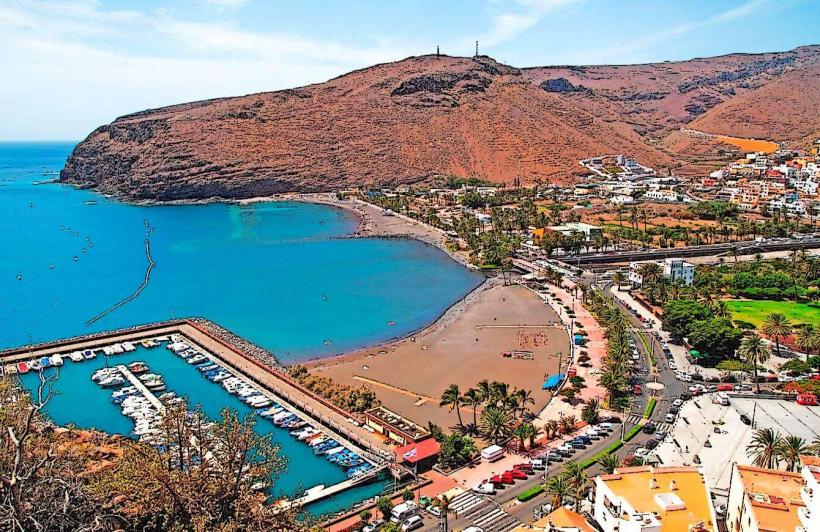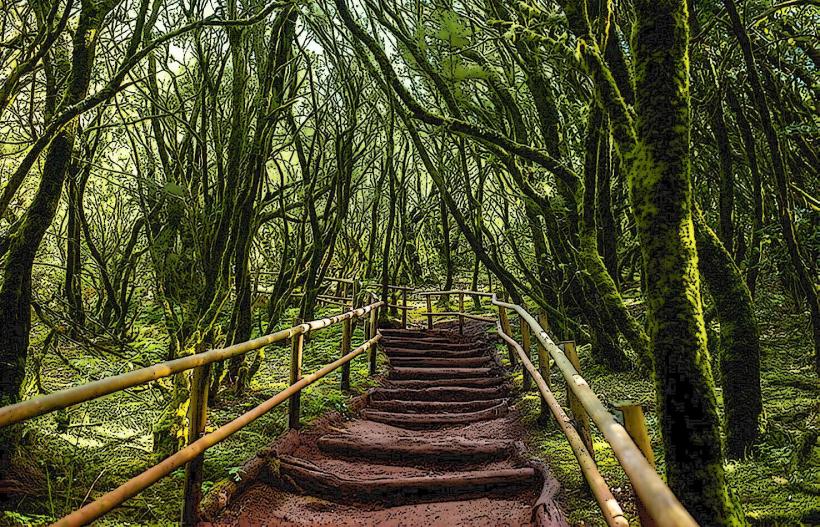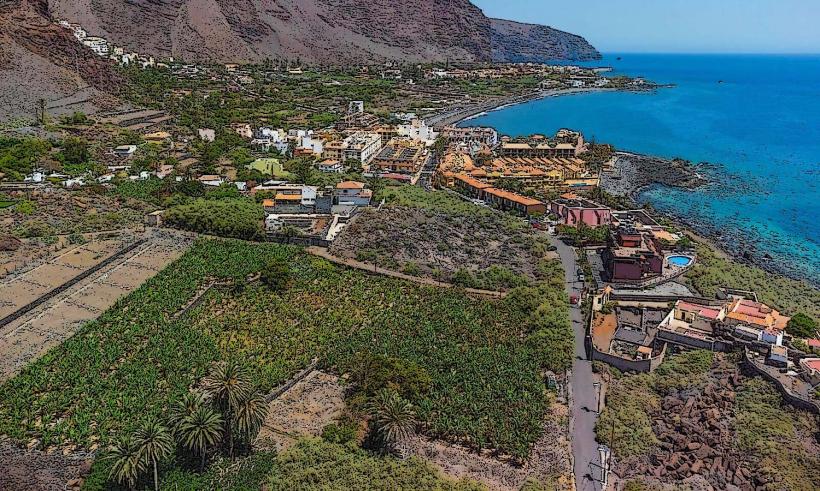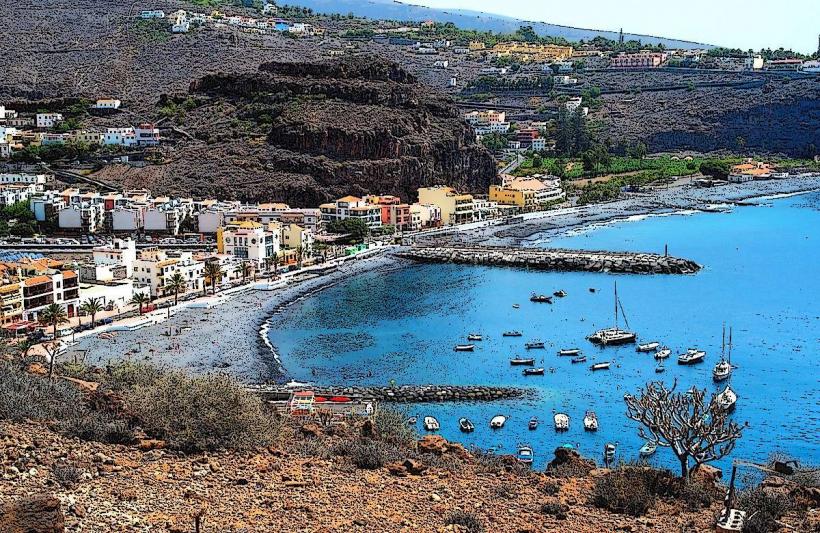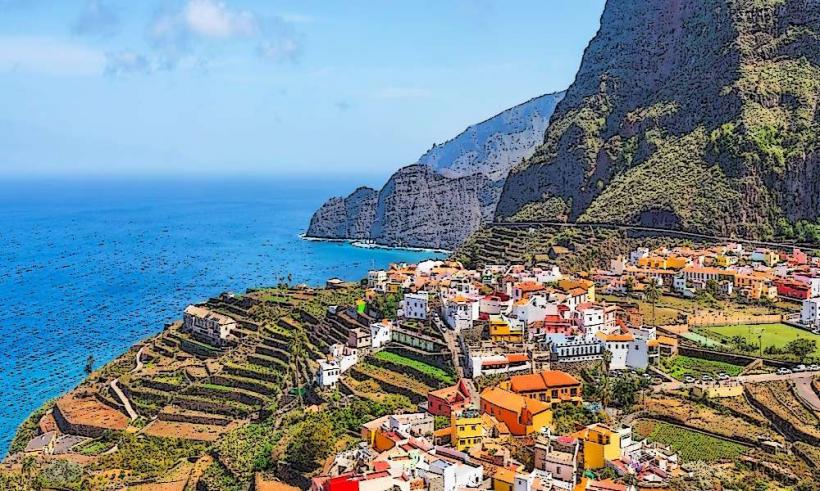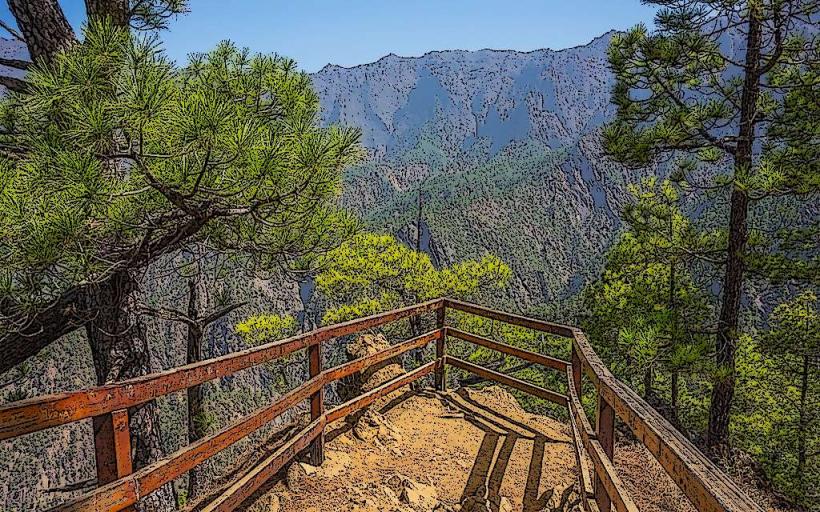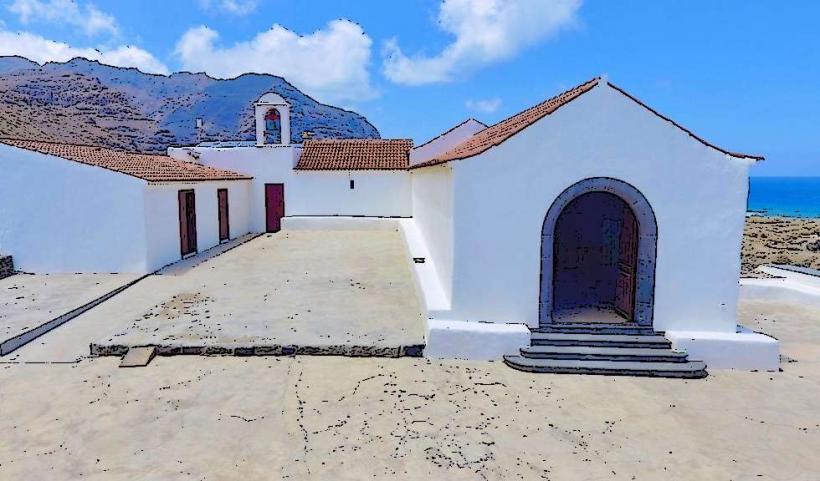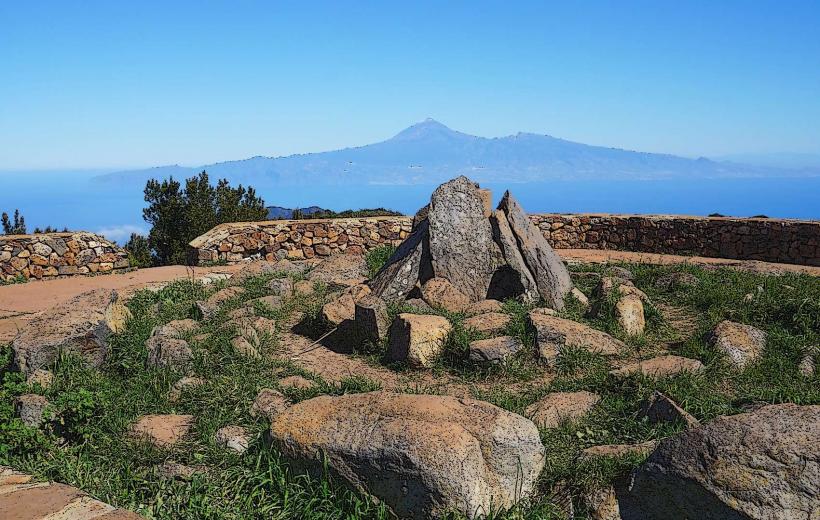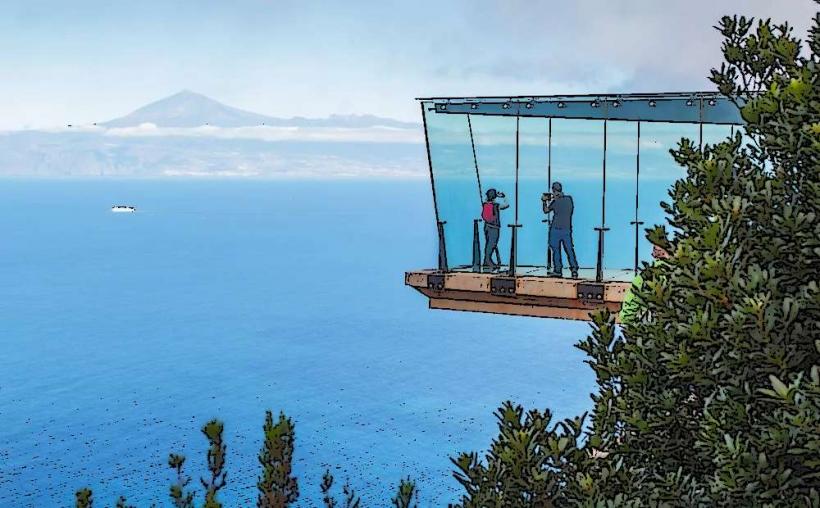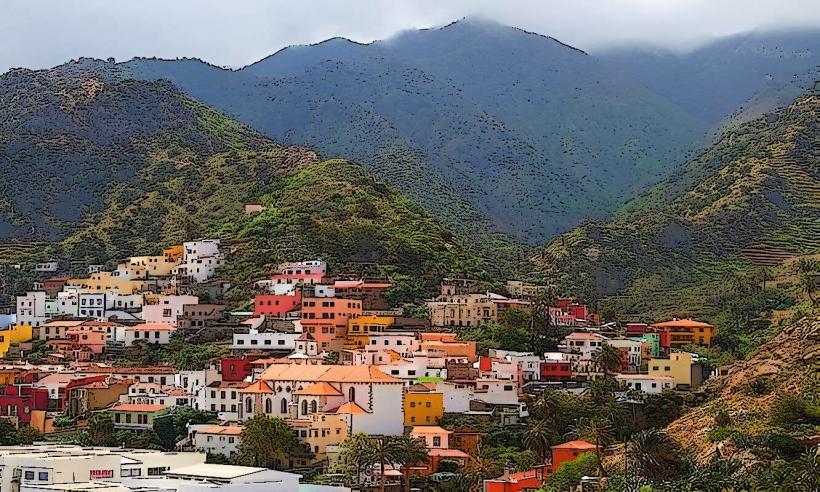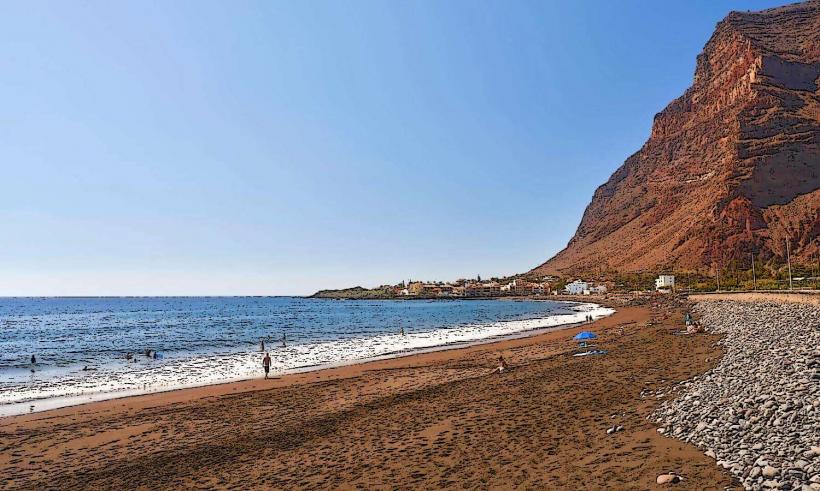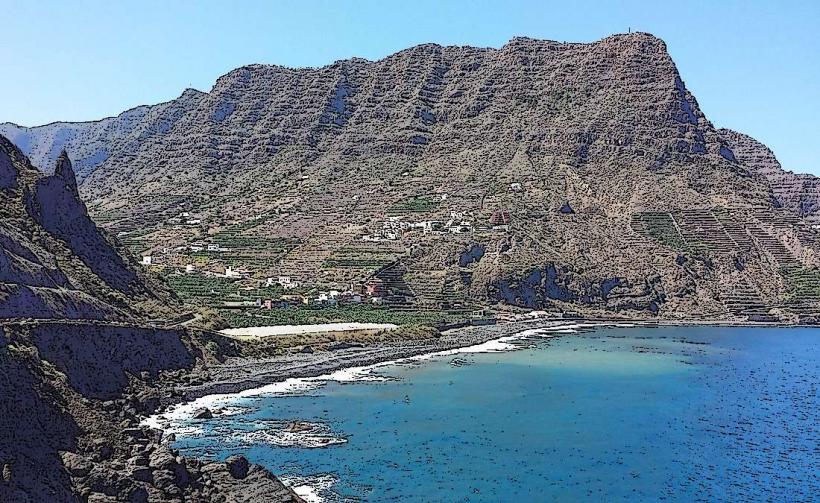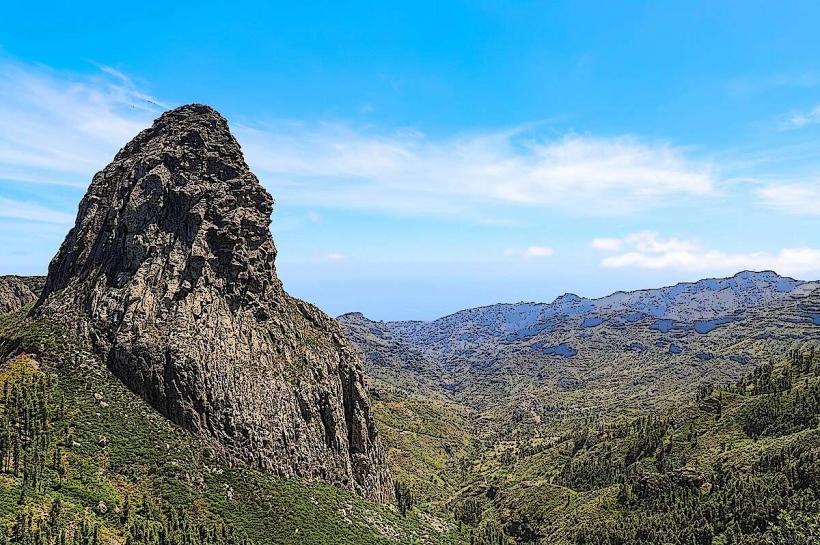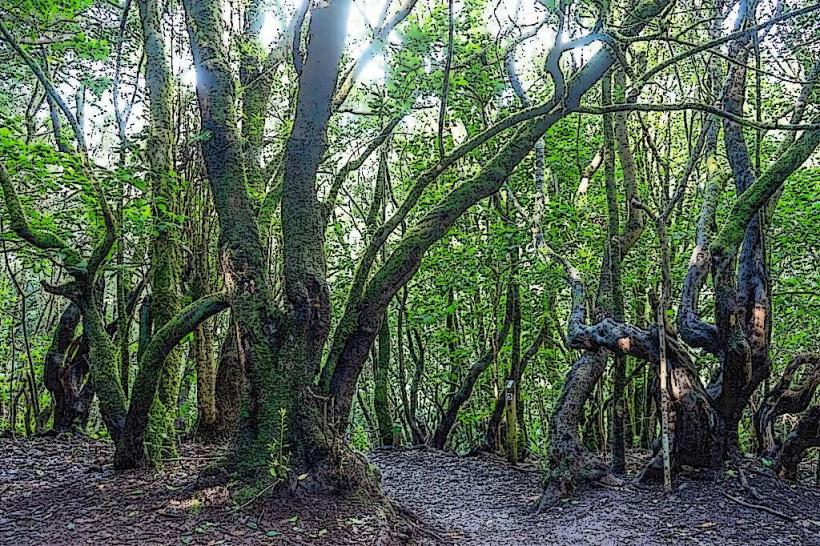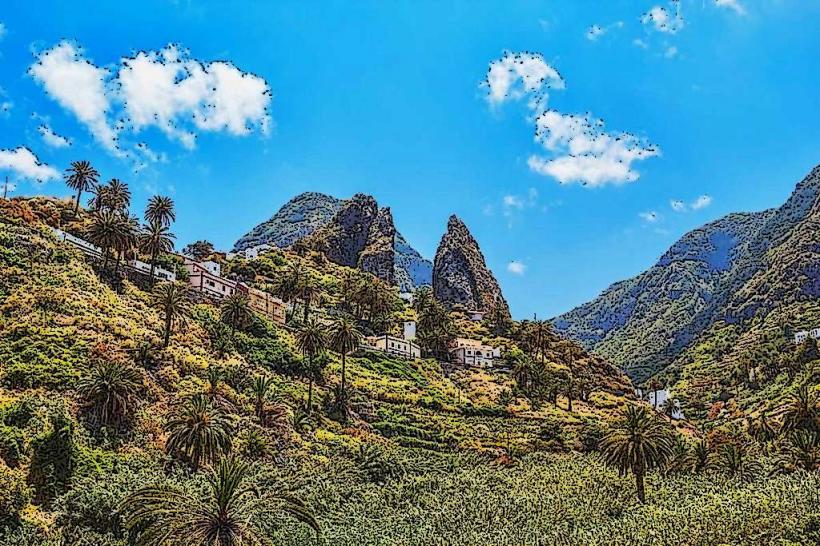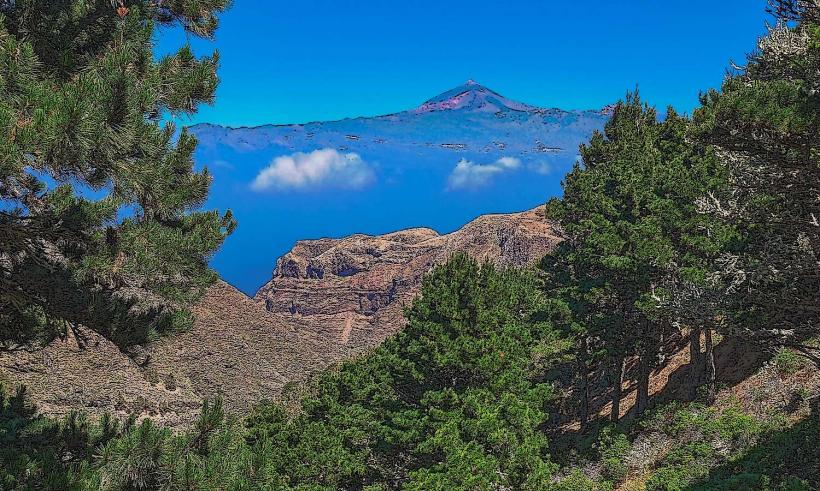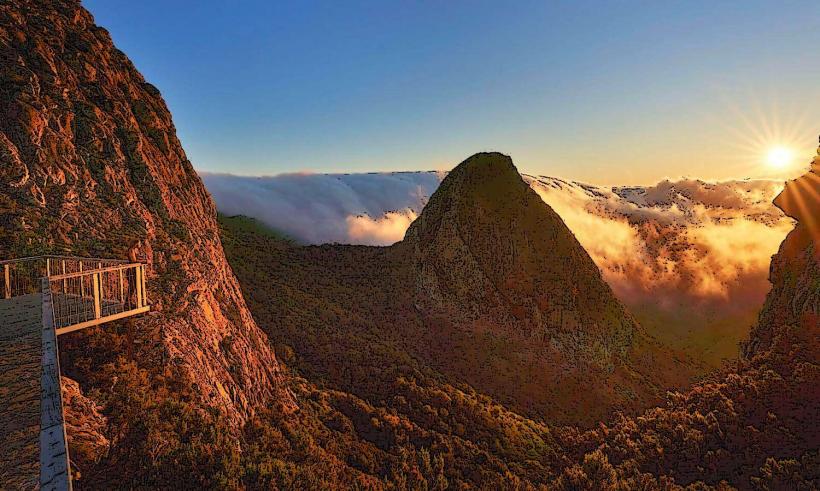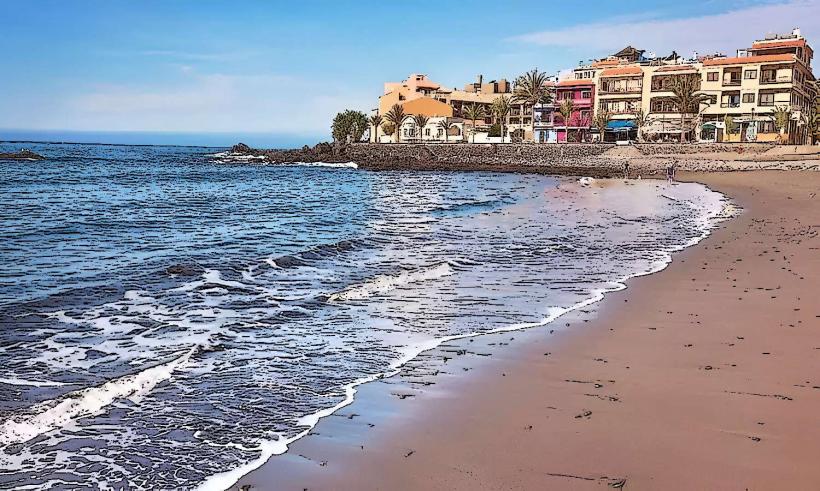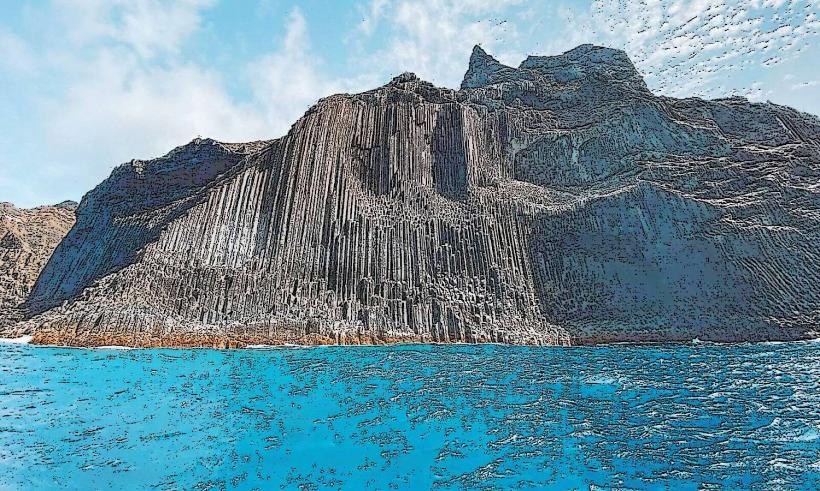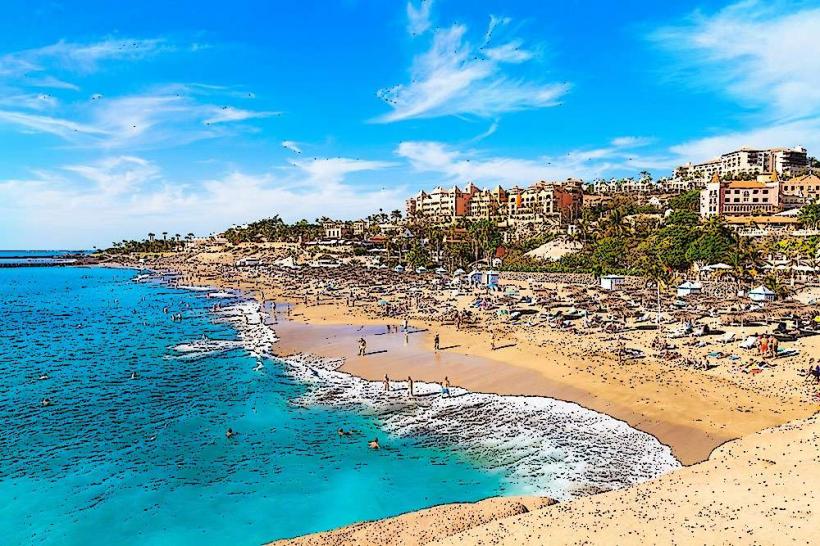Information
Landmark: Pueblo CanarioCity: La Gomera
Country: Canary Islands
Continent: Europe
The Pueblo Canario (Canary Village) is a cultural and historic area located in the heart of Las Palmas de Gran Canaria, the capital city of Gran Canaria, one of the Canary Islands. It is a vibrant, traditional complex that showcases the architecture, folklore, and customs of the Canary Islands, offering visitors a glimpse into the island’s rich cultural heritage.
Here’s a detailed overview of the Pueblo Canario:
1. Location and Accessibility
Pueblo Canario is situated in Parque Doramas in the capital city of Las Palmas de Gran Canaria. The park is one of the city’s green spaces and provides a serene environment that contrasts with the hustle and bustle of urban life. Pueblo Canario is easily accessible by foot from the city center, making it a popular stop for tourists and locals alike.
2. Architecture and Design
The village was designed to resemble a traditional Canary Island village, with Canarian-style architecture that reflects the distinctive heritage of the region. The buildings are characterized by:
- Wooden balconies: One of the most recognizable features of Canary Island homes, typically painted in vibrant colors.
- Tiled roofs: Often covered in clay tiles, adding a rustic and authentic touch to the village.
- Cobblestone streets and squares: Lined with charming little houses, giving the area an old-world charm.
The village is designed to feel like a small, historical Canarian community, preserving the island’s traditional architectural style while incorporating modern elements to make it accessible to tourists.
3. Cultural Heritage
Pueblo Canario serves as a cultural center where visitors can learn about the history, traditions, and customs of the Canary Islands. Some of the cultural features include:
- Folk art and craft exhibitions: The village hosts exhibitions that showcase traditional Canary Island crafts such as pottery, embroidery, and woodwork.
- Traditional performances: Folk music and dance performances are held regularly, where visitors can experience local music styles like tuna music and folkloric dance (such as the typical Canarian "Isa" dance).
Visitors to Pueblo Canario can watch live performances of these dances, often involving colorful costumes and lively music, making it an immersive experience in the island’s cultural traditions.
4. Museums and Galleries
Casa de la Cultura: The Casa de la Cultura (House of Culture) is one of the central attractions within Pueblo Canario, where various cultural events and exhibitions are held. The museum often displays works of art, historical collections, and cultural artifacts related to the Canary Islands.
Canary Folk Museum: This museum offers exhibits related to the traditional life of the Canary Islands, including displays about farming, craftsmanship, and the island’s unique agricultural history.
5. The Plaza del Pueblo Canario
The main square, Plaza del Pueblo Canario, is a central gathering point in the village. It is often home to traditional festivals, markets, and public events. The plaza is surrounded by colorful buildings, with outdoor terraces where visitors can sit and enjoy local food and drinks.
6. The Role of Pueblo Canario in Modern Culture
Although Pueblo Canario is an homage to the past, it also plays a role in modern Canary Island culture:
- Tourism: It is one of the top attractions in Las Palmas, bringing tourists from around the world to experience Canary Island traditions in one place.
- Cultural Education: It serves as an educational space for locals and visitors to engage with the unique cultural identity of the Canary Islands. Schools and cultural institutions frequently organize events here to promote awareness of the region's history and traditions.
7. Dining and Shopping
Visitors to Pueblo Canario can also experience the island’s cuisine. There are restaurants and cafes where they can sample Canarian specialties such as:
- Papas arrugadas (wrinkled potatoes): Served with mojo sauce.
- Gofio: A traditional Canarian flour made from roasted grains, often used in soups and desserts.
- Seafood dishes: Given the Canary Islands’ coastal location, fresh seafood plays a big role in local cuisine.
There are also local shops in Pueblo Canario where visitors can buy traditional crafts, souvenirs, and local products, such as pottery, woven goods, and locally made textiles.
8. Nearby Attractions
Since Pueblo Canario is located within Parque Doramas, visitors can also enjoy the beauty of the park itself, which is a peaceful green space with fountains, sculptures, and lush gardens. It is a popular spot for relaxation and picnics.
Additionally, Pueblo Canario is relatively close to other attractions in Las Palmas:
- Vegueta: The old town of Las Palmas, which is home to historical landmarks like the Catedral de Santa Ana and the Casa de Colón (Christopher Columbus House).
- Las Canteras Beach: One of the most famous beaches in Las Palmas, ideal for swimming and enjoying the coastal atmosphere.
9. Best Time to Visit
Pueblo Canario is an excellent destination to visit year-round, but it is particularly lively during:
- Carnival season (February to March): When the city hosts colorful parades and celebrations that often spill over into Pueblo Canario, creating a festive atmosphere.
- Summer: When the weather is warm, and outdoor activities, performances, and concerts take place in the village square.
10. Conclusion
Pueblo Canario is a fantastic destination for those interested in exploring the cultural and historical heart of the Canary Islands. The village is a charming representation of Canarian life, offering a blend of traditional architecture, music, art, and cuisine. Whether you're a history buff, a culture enthusiast, or simply a traveler looking for a unique experience, Pueblo Canario provides an authentic and enriching experience in the Canary Islands.

